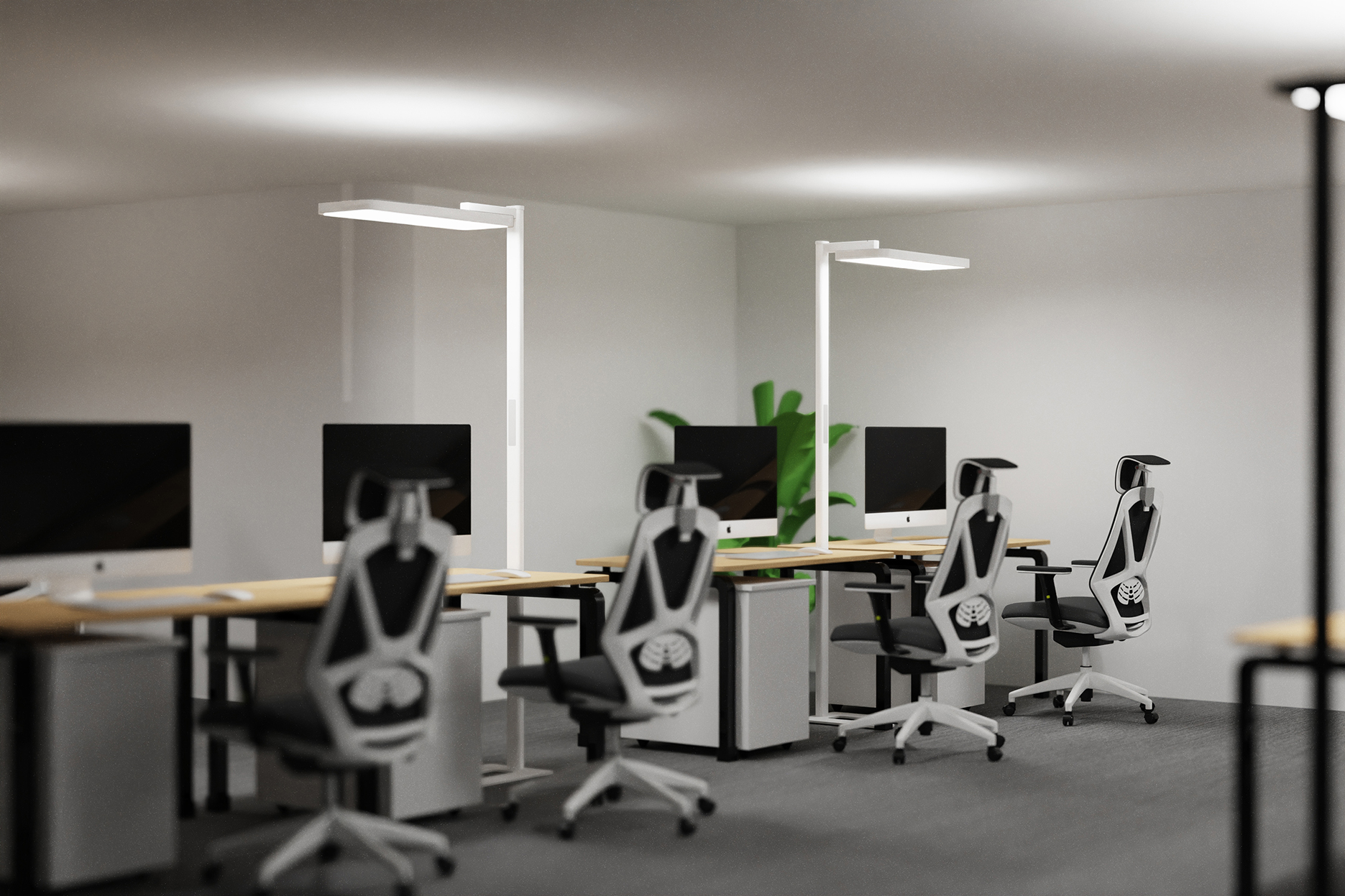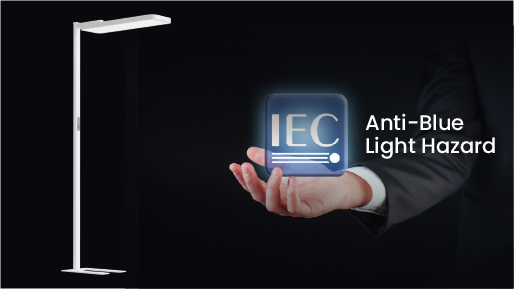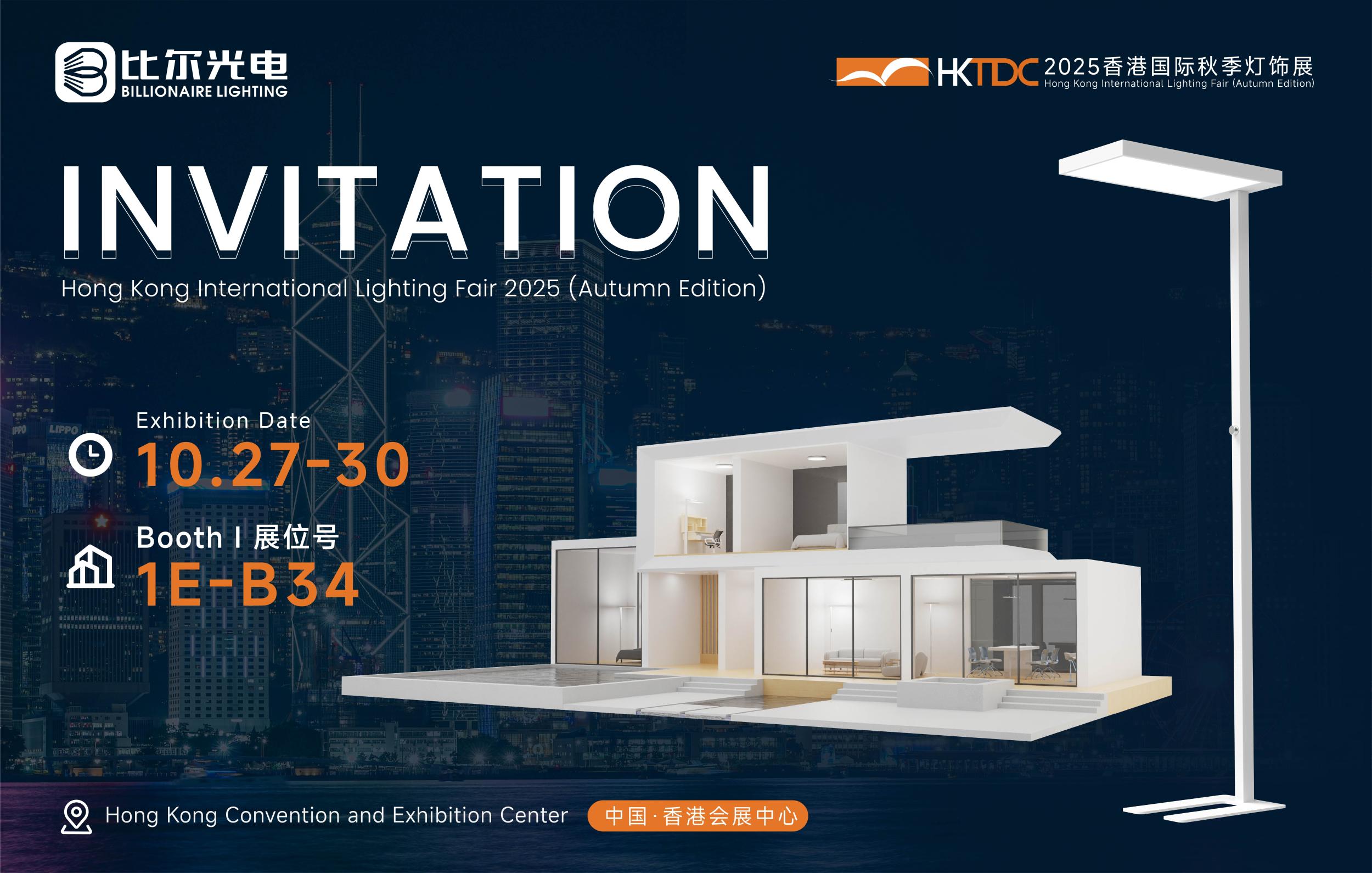In the dynamic landscape of modern lighting solutions, LED free - standing luminaires have emerged as a revolutionary force. These luminaires combine the energy - efficient prowess of Light - Emitting Diodes (LEDs) with the flexibility and mobility offered by free - standing designs. As the world increasingly gravitates towards sustainable and adaptable lighting options, LED free - standing luminaires are at the forefront, transforming the way we light our indoor and outdoor spaces. This article will comprehensively explore their design, functionality, applications, energy - saving benefits, and the technological advancements driving their evolution.
Design Features of LED Free - Standing Luminaires
Structure and Stability
The structure of an LED free - standing luminaire is carefully engineered to provide both stability and support for the lighting components. A sturdy base is fundamental, and it comes in various forms. Weighted circular bases are a common choice, distributing the mass evenly and ensuring the luminaire remains upright even in areas with foot traffic or drafts. Some models feature triangular or rectangular bases, which can offer enhanced stability while also adding a unique aesthetic touch. The pole, connecting the base to the light - emitting section, is typically made from materials such as metal or high - strength plastic. Metal poles, like aluminum or steel, offer durability and a sleek, modern look. Aluminum, being lightweight yet robust, is especially popular as it reduces the overall weight of the luminaire without sacrificing stability.
Adjustable Components
One of the key design advantages of LED free - standing luminaires is the presence of adjustable components. Many models are equipped with adjustable heads or arms. The ability to pivot or swivel the light - emitting head allows users to direct the light precisely where it is needed. For task - oriented applications, such as reading or working on a project, an adjustable head can be angled to focus light directly on the task area. Some luminaires feature multiple - jointed arms that can be bent and positioned in different ways, providing a high degree of flexibility in lighting arrangement. This adjustability not only enhances functionality but also allows for creative lighting setups, such as highlighting specific objects or areas in a room.
Lamp Shade and Diffuser Design
The lamp shade and diffuser play crucial roles in shaping the light output of LED free - standing luminaires. Shades can be made from a variety of materials, each with its own impact on the light quality. Fabric shades, such as linen or cotton, are popular for their ability to soften and diffuse light, creating a warm and inviting atmosphere. They are often used in living rooms or bedrooms where a gentle, ambient light is desired. Glass shades, on the other hand, can provide a more focused and direct light. Clear glass shades are suitable for applications where a bright, concentrated beam is needed, while frosted or textured glass diffuses the light, reducing glare and creating a more even distribution. The shape of the shade also affects light dispersion. Conical shades tend to direct light downwards, making them ideal for task lighting, while cylindrical or spherical shades scatter light more evenly in all directions, enhancing ambient lighting.
Functionality of LED Free - Standing Luminaires
Lighting Modes and Intensity Control
LED free - standing luminaires offer a wide range of lighting modes and intensity control options. Most models come with dimming capabilities, allowing users to adjust the brightness of the light according to their needs. Dimming is not only useful for creating different moods but also for energy conservation. In the evening, a lower - intensity light can create a cozy and relaxing environment, while a brighter setting may be required for activities such as reading or entertaining guests. Some advanced luminaires even offer无级调光 (stepless dimming), providing a seamless transition between different light levels. Additionally, many LED free - standing luminaires support multiple lighting modes, such as warm white, cool white, and natural white. These different color temperatures can be adjusted to suit various activities and preferences. For example, a warm white light is great for relaxation, while a cool white light can be more invigorating and suitable for work or study.
Smart Lighting Integration
The integration of smart technology has significantly enhanced the functionality of LED free - standing luminaires. Many of these luminaires can be connected to a home network and controlled via a smartphone app or voice - controlled assistants like Amazon Alexa or Google Assistant. This smart lighting integration allows for remote operation, enabling users to turn the luminaire on or off, adjust the brightness and color temperature, and even set schedules from anywhere within the range of their home network. For instance, users can program the luminaire to turn on automatically when they enter a room or to change colors according to the time of day. Some smart LED free - standing luminaires can also be synchronized with other smart home devices, such as music systems or security cameras, creating a more integrated and intelligent living environment.
Applications of LED Free - Standing Luminaires
Residential Applications
In residential settings, LED free - standing luminaires have a plethora of applications. In the living room, they can be placed next to sofas or armchairs to provide both task lighting for reading and ambient lighting for relaxation. The adjustable heads and dimming capabilities make them ideal for creating different lighting scenarios, from a bright light for family gatherings to a soft, dimmed light for a quiet evening. In bedrooms, these luminaires can serve as bedside lamps, offering a gentle light for reading before sleep. The ability to adjust the color temperature to a warm white can help create a more restful environment. In home offices, LED free - standing luminaires with task - lighting features can provide sufficient illumination for work, while their energy - efficiency ensures low power consumption.
Commercial Applications
In commercial spaces, LED free - standing luminaires are equally versatile. In offices, they can be used to supplement overhead lighting, providing additional task lighting at individual workstations. The smart lighting integration allows for easy control, ensuring that the lighting is optimized for the work environment. In retail stores, these luminaires are used for accent lighting to draw attention to products. Their ability to accurately render colors (high Color Rendering Index - CRI) makes them ideal for highlighting items such as clothing, jewelry, or home decor, enhancing their visual appeal and potentially increasing sales. In hotels, LED free - standing luminaires can be placed in lobbies, lounges, and guest rooms to create an inviting and luxurious atmosphere. The adjustable lighting features can be used to create different moods throughout the day, from a bright and energetic light in the morning to a more subdued and relaxing light in the evening.
Outdoor Applications
LED free - standing luminaires are also well - suited for outdoor applications. In gardens, they can be used to illuminate pathways, flower beds, or outdoor seating areas. Some models are designed to be weather - resistant, with durable materials and sealed components to withstand rain, snow, and extreme temperatures. These outdoor - rated luminaires can create a beautiful and safe outdoor environment, allowing homeowners to enjoy their outdoor spaces well into the evening. In public parks and plazas, LED free - standing luminaires are used for general illumination, providing safety and visibility for pedestrians. Their energy - efficiency is particularly beneficial in these large - scale outdoor applications, as it reduces the cost of electricity and maintenance.
Energy - Saving Benefits of LED Free - Standing Luminaires
LED Technology and Power Consumption
LEDs are renowned for their energy - efficiency, and this is a key advantage of LED free - standing luminaires. Compared to traditional incandescent bulbs, LEDs consume significantly less power. Incandescent bulbs convert a large portion of the electrical energy they consume into heat rather than light, resulting in high energy waste. In contrast, LEDs are highly efficient at converting electrical energy into light, with a much lower heat output. This means that for the same amount of light output, an LED free - standing luminaire will use a fraction of the energy required by an incandescent - based luminaire. For example, a typical 60 - watt incandescent bulb can be replaced by an LED bulb that consumes only 8 - 12 watts while providing similar or even better light quality. This energy - saving potential not only reduces the electricity bills for users but also contributes to a lower carbon footprint, making LED free - standing luminaires an environmentally friendly choice.
Energy - Saving Features and Controls
In addition to the inherent energy - efficiency of LEDs, many LED free - standing luminaires are equipped with additional energy - saving features. Dimming controls, as mentioned earlier, allow users to reduce the light intensity when full brightness is not required, further reducing power consumption. Motion sensors are another common energy - saving feature. These sensors detect movement in the area and automatically turn the luminaire on or off. In spaces where the presence of people is intermittent, such as hallways or storage areas, motion - sensor - equipped LED free - standing luminaires can prevent unnecessary energy use by only lighting up when someone is present. Some luminaires also have built - in light sensors that adjust the light output based on the ambient light levels. For example, in a room with large windows, the luminaire can automatically dim when there is sufficient natural light, and brighten as the natural light fades, ensuring optimal energy usage at all times.
Technological Advancements in LED Free - Standing Luminaires
Improved LED Efficacy and Lifespan
The field of LED technology is constantly evolving, and this has a direct impact on LED free - standing luminaires. Recent advancements have led to significant improvements in LED efficacy, which refers to the amount of light output per unit of electrical power input. Newer LED chips are capable of producing more lumens (a measure of light output) per watt, allowing for even more energy - efficient luminaires. Additionally, the lifespan of LEDs has increased substantially. Modern LEDs can last up to 50,000 hours or more, which means that an LED free - standing luminaire may only need to have its light source replaced once every several years, depending on usage. This extended lifespan reduces maintenance costs and the environmental impact associated with frequent bulb replacements.
Wireless Charging and Connectivity
Another area of technological advancement in LED free - standing luminaires is the integration of wireless charging and enhanced connectivity options. Some models now come with built - in wireless charging pads, allowing users to charge their smartphones or other compatible devices simply by placing them on the charging surface of the luminaire. This is a convenient feature, especially in living areas or offices where people may need to charge their devices while the luminaire is in use. In terms of connectivity, in addition to the standard Wi - Fi and Bluetooth connections for smart lighting control, there are emerging technologies such as Zigbee and Z - Wave. These protocols offer more reliable and stable connections, enabling better communication between the luminaire and other smart home devices. They also consume less power, which is beneficial for battery - powered smart home sensors and actuators that may be part of the overall smart lighting ecosystem.
Conclusion
LED free - standing luminaires have revolutionized the lighting industry with their combination of energy - efficiency, versatile design, and advanced functionality. Their applications span across residential, commercial, and outdoor settings, providing lighting solutions that are both practical and aesthetically pleasing. The energy - saving benefits, driven by LED technology and additional energy - saving features, make them an environmentally and economically attractive choice. As technology continues to advance, with improvements in LED efficacy, wireless charging, and connectivity, LED free - standing luminaires are set to play an even more significant role in illuminating our future, bringing light, comfort, and convenience to every corner of our lives.



